
Support Team
Feedback:
support@nextpcb.comIf you are working with electric circuits, you will know about the soldering process. The process helps join the two materials after melting the filler meter between them. It is a complex task requiring flux before you can begin working.
Let's look at what solder flux is. This article will guide you through the solder flux, its types of it, and the safety measure while using solder flux.
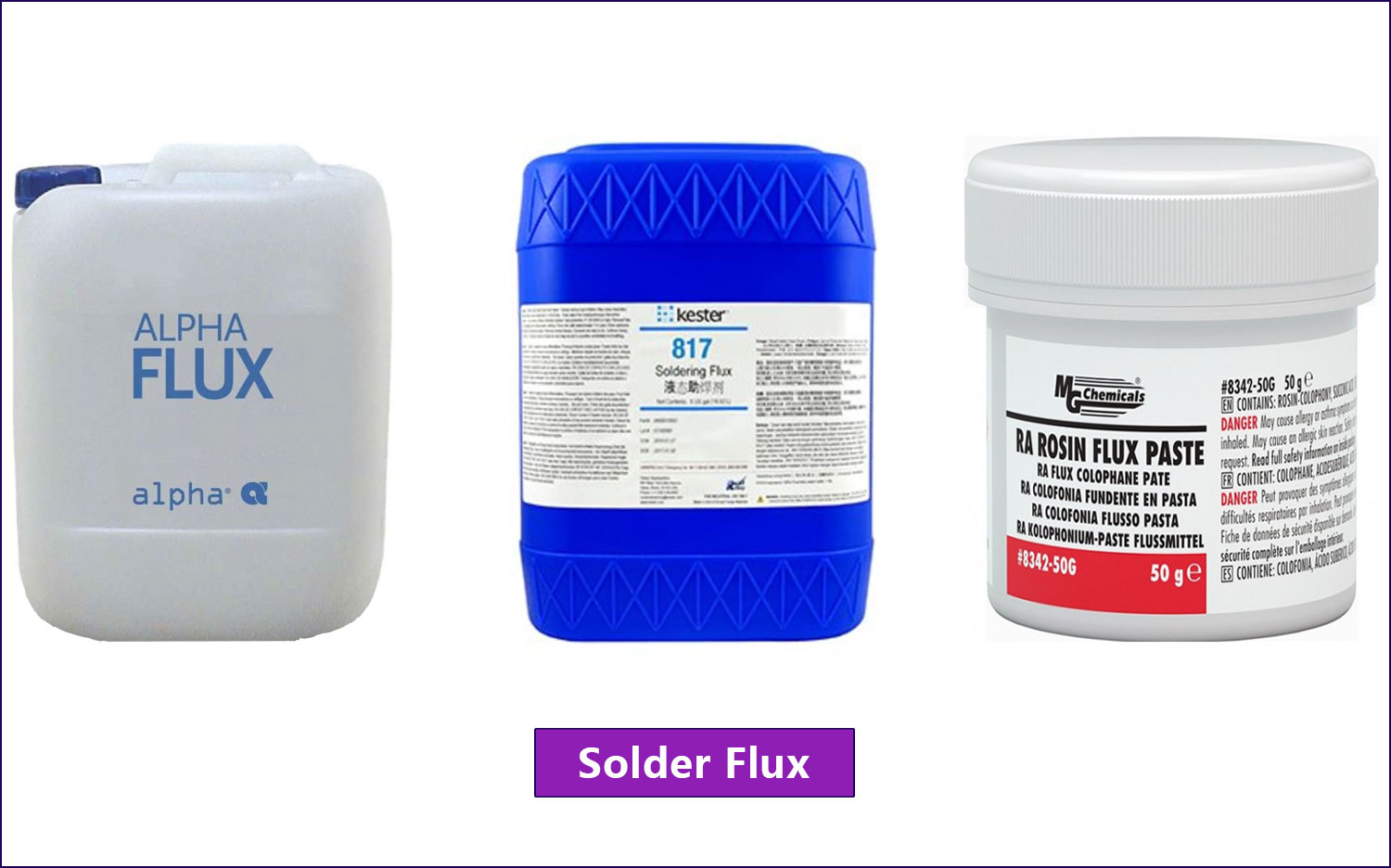
Soldering flux is the substance used in the soldering process to remove oxides and other kinds of contaminants from the surface of the metal parts. It helps to prevent the re-oxidation of the metal during soldering, ensuring a robust and reliable connection. Solder flux is a substance used in soldering to remove oxidation from metal surfaces and improve the wetting of solder, promoting a stronger bond between the metal parts being welded. It aids in the creation of a robust and conductive bond between the two surfaces being soldered together.
Activator and the base materials compose the solder flux. Activators remove oxides from metal surfaces to improve wetting. Besides additives that boost soldering, flux also inhibits corrosion. Flux pen or flux core wires are two ways to apply flux.
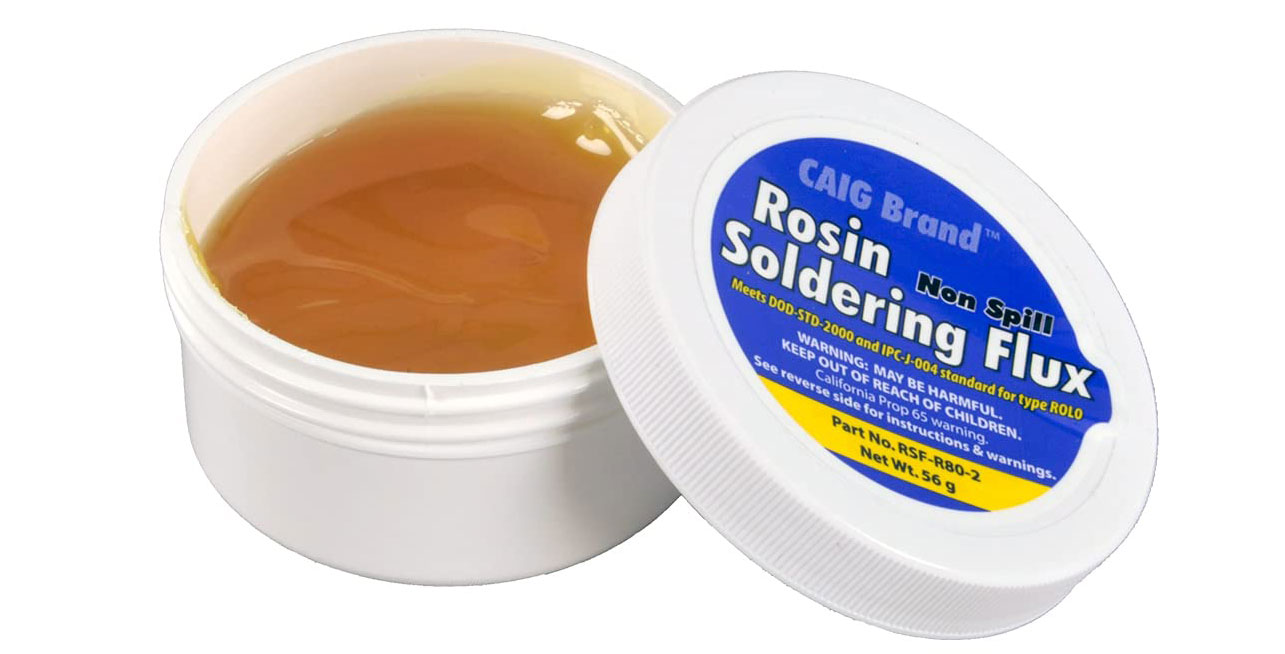
This is one of the oldest types of flux used in the PCB industry. The Rosin Flux is extracted from the pine tree, and in today's market, modern rosin is mixed with various fluxes to increase its performance. It removes both metal oxides and exterior materials.
Resin flux is acidic, but once it solidifies, it becomes inert and can be left on the soldering surface without damaging the circuit. Removing the flux after soldering is advisable because the circuit might warm up and liquefy the flux. Rosin flux is commonly used in electronics and metal welding for its non-corrosive and cleaning properties.
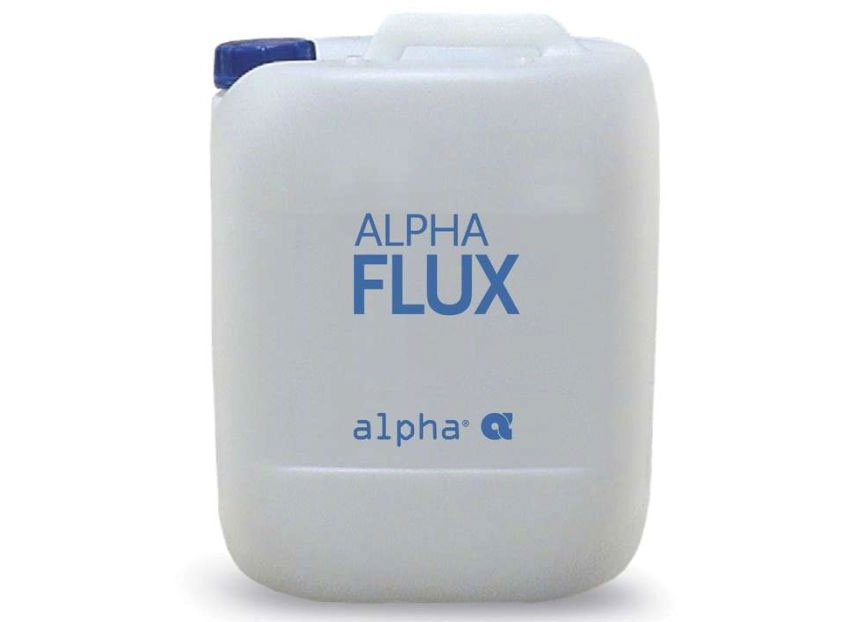
Organic Acid Flux is a type of flux used in soldering and metal welding. Unlike rosin flux, organic acid flux contains organic acids that clean and prepare the metal surface before soldering. It is known for its high activity and fast cleaning ability, making it suitable for high-speed automated soldering processes. They are stronger in flux and can remove the oxides more quickly.
However, it can also leave a residue that can corrode the metal if not cleaned properly, so it is required to follow the manufacturer's instructions for cleaning. It is mainly used for the soft soldering process.
Advantages of Organic Flux
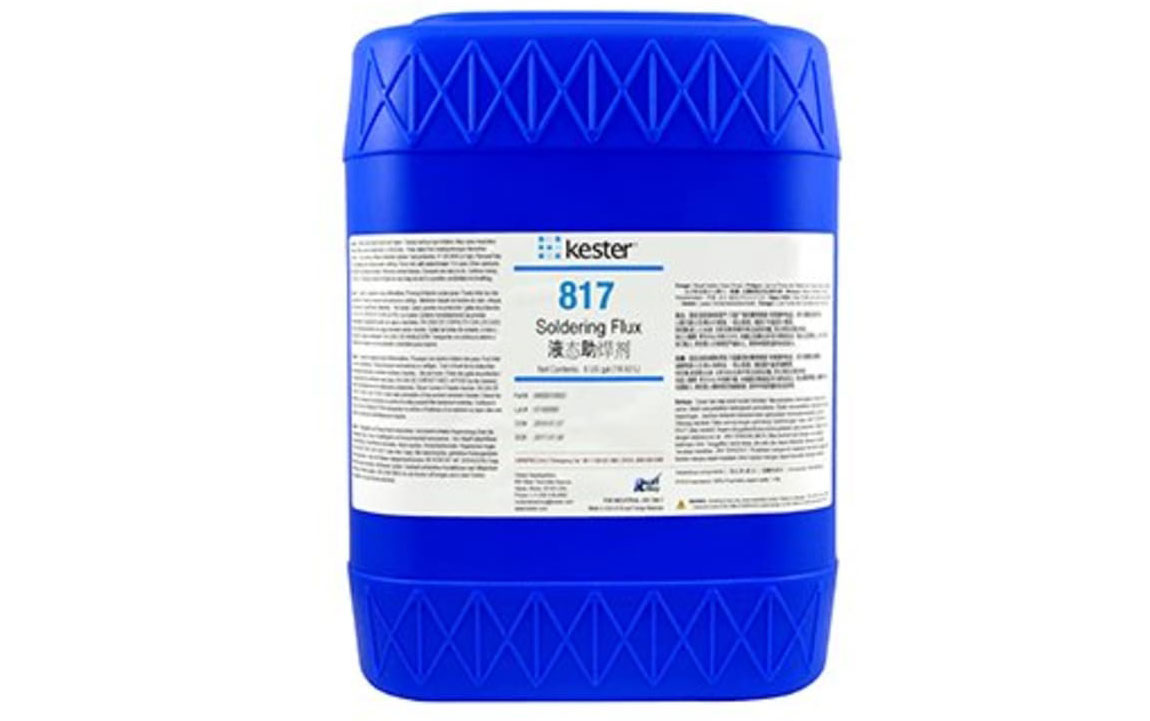
Inorganic flux is a type of flux used in soldering and welding that contains inorganic salts and minerals. It is known for its high-temperature resistance and strong cleaning power, making it suitable for harsh environments and high-temperature soldering applications. Unlike organic acid flux, inorganic flux typically does not leave a residue that can corrode the metal after soldering. Some examples of inorganic flux include borax, zinc chloride, and ammonium chloride. Following the manufacturer's instructions for use and cleaning is essential to ensure the best results.
High-temperature resistance: Inorganic flux can withstand high temperatures and is suitable for harsh environments.
Strong cleaning power: Inorganic flux is known for its strong cleaning ability, which helps remove contaminants and promote strong solder bonds.
No residue: Unlike organic acid flux, inorganic flux typically does not leave a residue that can corrode the metal after soldering.
Cost-effective: Inorganic flux is often more cost-effective than other types of flux.
Versatile: Inorganic flux can be used in various soldering and welding applications, making it a versatile option for many manufacturers.
It is important to follow the manufacturer's instructions for use and cleaning to ensure the best results with inorganic flux.
Wave soldering is a surface mount technology (SMT) soldering process used in electronics assembly. It is a method of joining metal components to printed circuit boards (PCBs) by passing them through a wave of molten solder. Wave soldering is a fast and efficient soldering method capable of producing high-quality joints with minimal operator intervention. It is widely used in high-volume electronics assemblies applications, such as consumer electronics and computer systems.
Screened soldering paste targets only the metal pads intended for component connection on the PCB.
Reflow soldering is a highly automated process capable of producing high-quality joints with high repeatability and accuracy. It is widely used in high-volume electronics assemblies applications, such as consumer electronics and computer systems.
It is a process used in electronics assembly to selectively join specific components to a printed circuit board (PCB). Unlike wave soldering or solder reflow, which solder entire PCBs, selective soldering focuses on particular joints and components.
It is a manual or semi-automated process typically used for through-hole components, specialized components, or when other soldering methods are not feasible. It allows for greater control over the soldering process and enables the repair of specific joints if needed.
Determine the type of metal being soldered: Different fluxes are suitable for different metals (e.g. lead-free flux for lead-free solder, rosin-based flux for tin-lead solder).
Consider the soldering process: Fluxes have different properties for various soldering methods (e.g. active vs passive, SMT vs through-hole).
Evaluate the operating environment: Fluxes with different chemical compositions may be required for different environments (e.g. high humidity, corrosive gases).
Check for regulations and certifications: Some industries have regulations for the type of flux used (e.g. IPC J-STD-004 for electronics).
Read manufacturer's recommendations: Consult the manufacturer of the soldering equipment or material for specific advice.
To select an appropriate soldering flux, consider the following factors:
Material to be soldered: Choose a flux compatible with the metals to be soldered.
Process: Consider the soldering process, such as wave or hand soldering, and select a flux suited for that process.
Soldering temperature: Select a flux that can withstand the soldering temperature required for your process.
Cleanliness: Choose a flux that leaves a minimal residue to ensure a clean soldered joint.
Regulation compliance: Make sure the flux you choose complies with relevant regulations or industry standards.
Cost and availability: Ensure that you consider the cost of the flux in your area.
The proper ways of soldering the flux include:
Always begin the soldering process by inserting the leads of the LED into the hole of the circuit.
On the backside of the board, bend the leads at 45° outwards. Soldering will aid in making a stronger connection between the component and the copper pad.
Using the adjustable heat control on your soldering iron, set the temperature to 400°C. Ensure the iron tip touches the copper pad and the resistor leads simultaneously. Heat the pad and the lead by holding the soldering iron for three to four seconds.
Touch the lead and copper pad with the soldering iron and continue holding it.
Make sure you don't touch the solder tip of the iron. The solder will start melting if the joints are hot. The colder joints form bad connections.
Once the solder has cooled down naturally, remove the soldering iron. Blowing the solder joints can damage it. After the leads have cooled, snip off the extra wire.
Proper solder joints must be smooth, shiny, and appear like the shape of a volcano. If you pour too much solder on the joint, it may form a ball or spill onto another lead or joint nearby.
While soldering, you should follow the proper process of soldering.
Besides, there are some additional tips and techniques for applying the soldering flux in the PCB, which is as follows:
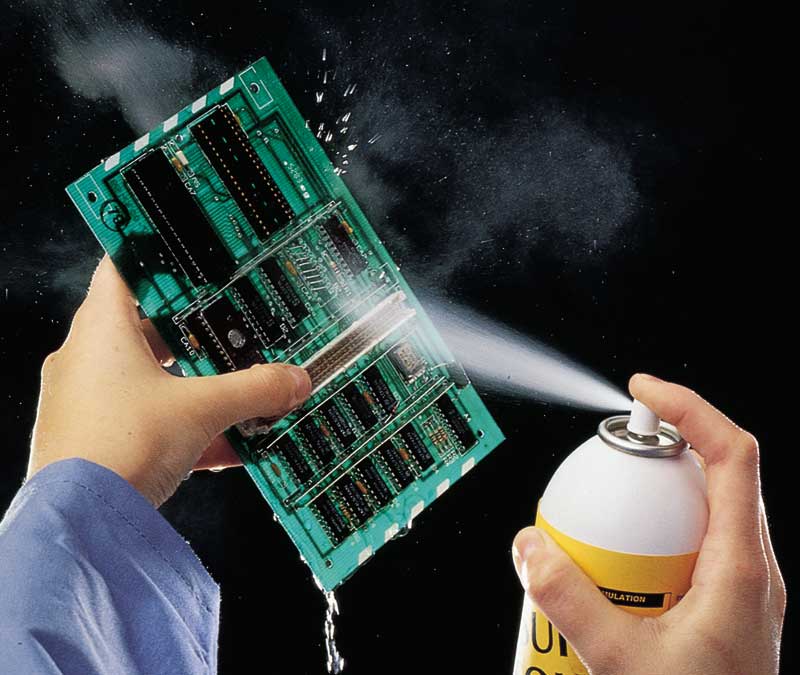
In most cases, you must clean the flux off the electronic components after installation. This is especially true if you use corrosive flux. In order to clean your products effectively, you need to know what type of flux you are using. To clean the flux residue from the electronics, you can use the following:
It is important to use safe cleaning methods and solvents for the specific type of electronic component and its surrounding materials.
While choosing the right soldering flux for your specific soldering applications, make sure to consider the following factors:
Besides, the leaded solder with the rosin cores is the best option for the electronics options. This solder is the better option for delicate wiring as it melts at low temperatures and coats the slim rosin layers.
When it's hot, Rosin flux is perfect and can easily remove the oxides faster and quicker. The only disadvantage of this solder is that it quickly solidifies and requires alcohol to clean the flux. Thus, before using this kind of flux, make you about the application and requirements.
Besides, water-soluble solder is a powerful form of solder. They are easier to clean and also contain better performance rates. Furthermore, the lead-free solder cannot make strong joints and always try to avoid the inorganic acid fluxes.
Thus, water-soluble flux can be over-reactive, and no reside flux can be inactive. So, when looking for the proper soldering flux for your electrical applications, you can choose the rosin flux. Although the rosin flux can have some residue, it is a highly effective flux.
But for some plumbic work or where the components are in touch with water, you can go for the water-soluble or the acidic flux. Thus, make sure about the purpose of the soldering before selecting the type of flux.
NextPCB provides you with the best soldering service according to your requirements. Please feel free to contact us. We are ready to help you.
Still, need help? Contact Us: support@nextpcb.com
Need a PCB or PCBA quote? Quote now